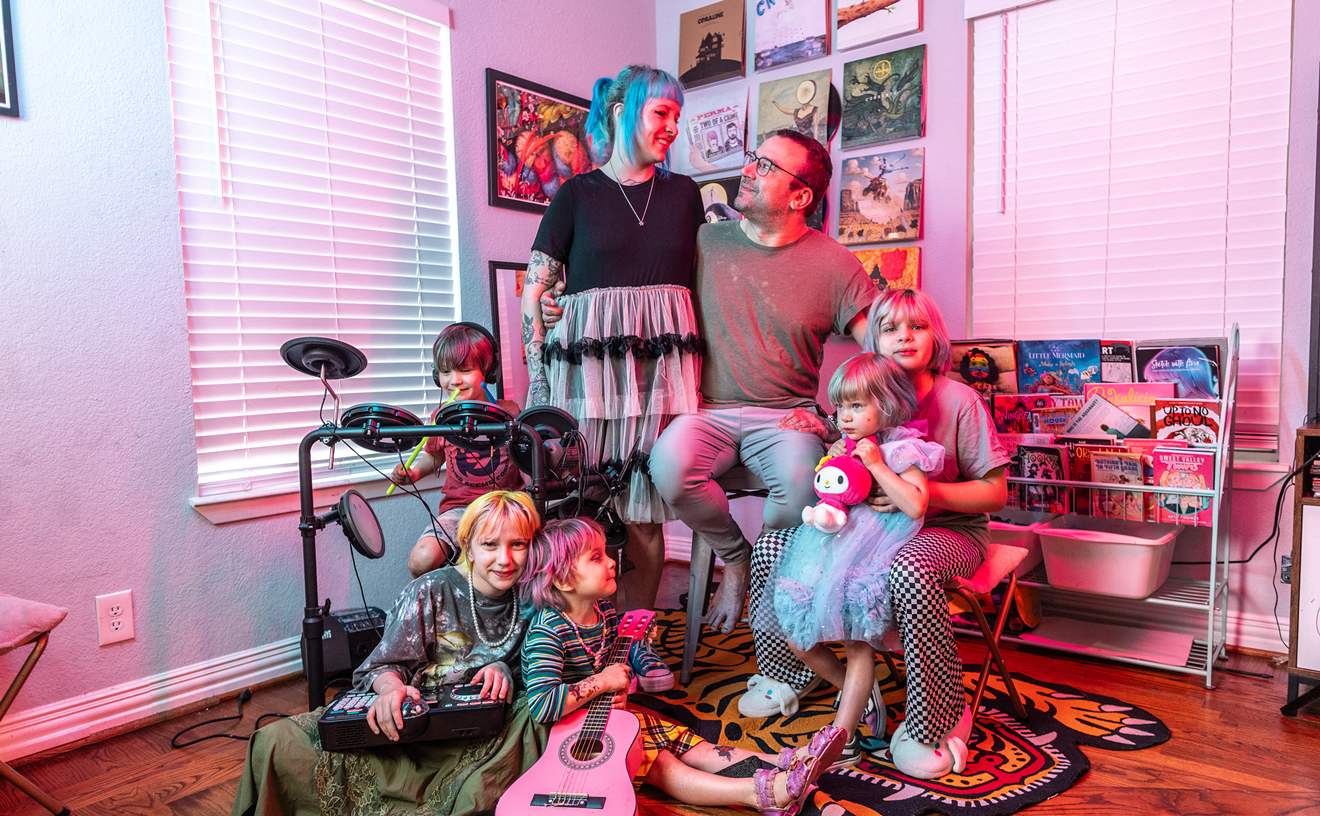The film opens with the couple's awkward first encounter, as Alfred (Benoît Magimel), fresh from an evening of gambling, arrives late for a reading by George (Juliette Binoche). Despite his cavalier attitude, which borders (at least) on the rude, there is obviously chemistry between them.
The two start hanging out together, collaborating on a play, and at first Alfred seems intent on keeping things platonic. But, chemistry being what it is, it's not long before the two of them are copulating by candlelight (the glorious glow courtesy of Vilko Filac, best known for his work with Emir Kusturica).
Nothing can heighten romance faster than parental disapproval, and, oh, does Madame de Musset (Marie-France Mignal) ever oblige! She may realize that her baby boy is a dissolute, gambling habitué of all sorts of disreputable corners of Paris, but the involvement with Sand is beyond the pale. The latter not only smokes, wears trousers and has adopted a man's name; she's not only married (though permanently separated) and the mother of two small children; but she's also...gasp!...an older woman! Yes, Alfred, an innocent 23, is consorting with a woman of...29! (Quick! Call L'Enquirer Nationale!)
In truth, it's pretty clear early on that, in Kurys' eyes, it's George who's getting the worse end of the bargain. Alfred may be brilliant and dashing, but he's also painfully childish, petulant and even sadistic. When the two head off to Venice for a working vacation--they intend to soak up atmosphere for a play about Lorenzo de Medici--George promptly falls ill. Alfred, unable to deal with the notion of nursing his lover, goes off on a binge of booze, opium and whoremongering that doesn't really stop, even when George recovers.
Soon, the shoe, as they say, is on the other foot. When Alfred's dissolution nearly kills him, George lovingly hovers by his bedside with the handsome, kind but somewhat bland Dr. Pagello (Stefano Dionisi), and finds herself falling in love again. Eventually Alfred recovers and, after a number of fights and reconciliations, returns to France. George stays with Pagello, but we know that, sooner or later, this unwise romance will resume...with sad results.
In fact, in real life, the entirety of the active Sand-Musset romance ran only about two years, though Sand would later proclaim him the grand love of her life. (Kurys doesn't violate the time scheme here; she simply races through the post-affair parts of their lives, which is certainly understandable.)
Given its brevity, the relationship managed to generate a lot of prose: Musset immediately turned their already notorious liaison into a novel, Confessions of a Child of the Century; years later, Sand published her side of the story, which was followed by responses from both Musset's older brother and one of Musset's subsequent lovers. Eventually, after many decades, the pair's correspondence was published as well.
Kurys is primarily interested in notions of romantic love. She has carefully selected material that emphasizes all the elements of grand passion and avoids too much reflection on literary work or any other aspects of Sand's and Musset's lives. While Lapine's Impromptu was satirical, energetic and probably less factually accurate, Children of the Century isn't much concerned with 19th-century Paris as some kind of template for generations of Bohemians to come or with Sand as a daring ur-feminist.
In fact, for all of the heroine's shockingly "modern" lifestyle choices, the thrust of the film is remarkably old-fashioned. It embraces the notion that you can have only a single great love in a lifetime...and that's if you're lucky.
Europeans have always been better at sweeping romanticism on film than Americans, and the gap has only widened over the years. (Light romantic comedy is a different issue.) Children of the Century benefits not only from Filac's cinematography but also from the two leads, whose chemistry is immediately apparent. (And also genuine: Binoche and Magimel became involved during the production and now have two children.) Binoche has never looked more beautiful, but she also has much less interesting material to work with here than in her star-making turn in Krzysztof Kieslowski's Three Colors: Blue (1993). Magimel looks a little bit like a dandified Sean Penn--try to picture the latter in ruffles--and is effective in a thankless role: Kurys presents Musset as such a petulant jerk that only grand passion could possibly explain what Sand sees in him.










